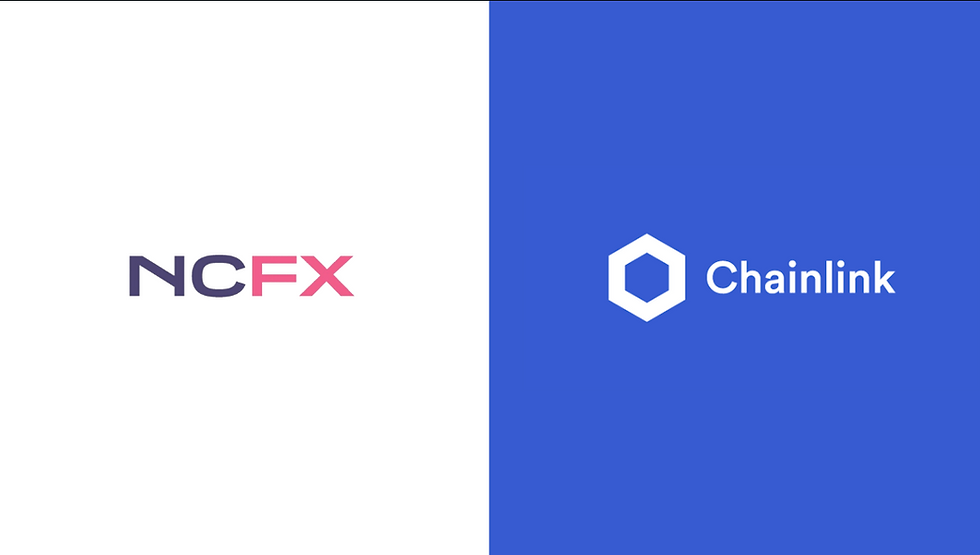TradeTech FX Europe 2023 Highlights
- New Change FX Web Master

- Sep 13, 2023
- 1 min read
Updated: Dec 2

At TradeTech FX Europe 2023, attendees highlighted major shifts in FX trading:
Electronification of derivatives trading, paired with a strong need for high-quality data.
Greater focus on liquidity access and adapting investment strategies accordingly.
Growing automation interest in FX swaps — though experts say the market isn’t ready for full algo rollout yet.
Emphasis on clean, reliable data to enable auto-execution and support fair pricing.
Debate around central-limit-order-books (CLOBs) for swaps and expanded use of transaction-cost analysis (TCA) in market infrastructure.
These trends reflect an industry increasingly geared toward improved efficiency, transparency, and accuracy in FX trading.



Comments